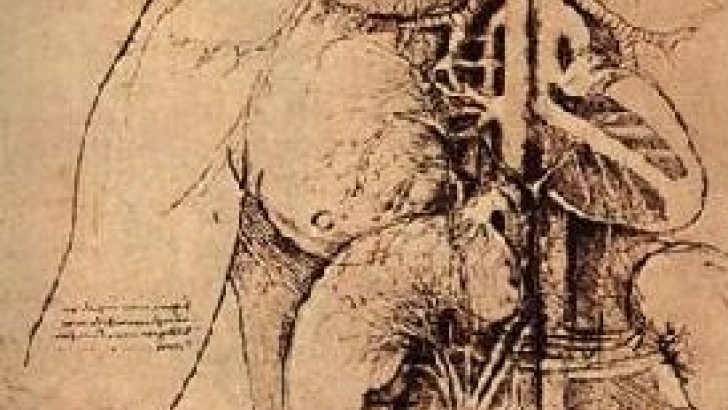Proper breathing is important in the practice of any martial art. You draw your energy from your breath hence it is the fuel of every thought and physical action. Oxygen is the most important component of life.
On the cellular level it is the fuel that feeds the 75 trillion cells in the human body. A product of this synthesis is the substance called adenosine triphosphate (ATP), labelled by scientists as the basic currency of life. No amount of physical or mental activity can take place without utilizing ATP.
The goal of the martial artist is to harness the breath to calm his mind, boost the power of his techniques, increase his endurance and improve his health.
If the breath is the fuel of your every thought and physical action then proper expenditure is of paramount importance. Respiration is a good indicator of a person’s psycho-physiologic state.
A person experiencing mental and physical tension is characterized by rapid shallow breathing done high in the chest. Though the degree of muscular tension and the rate of breathing are high, the quality of systemic oxygenation is low. Simply put too much energy is wasted in the process – big effort for too a measly return.
This condition can be reversed by simply changing the manner of breathing – slow instead of fast, done in the abdomen instead of the chest, deep instead of shallow. By doing the latter, one will notice that muscular tension will dissipate and clarity will replace confusion.
Abdominal or diaphragmatic breathing simply means that you inhale by expanding your belly instead of your chest. Diaphragmatic breathing can be practiced by lying down and placing an object like a book or a light dumbbell plate on your abdomen.
Inhale through the nose and course the air down deep into your abdomen. Inhalation will make the object rise as your diaphragm expands and exhalation will make it go down as the diaphragm, after releasing air, contracts.
Besides practicing deep abdominal breathing in a stationary manner, another way to learn optimal breathing is by cardiovascular exercises like walking and running.
The juego todo (live stick matches without armors) champions of yore were known not only for their escrima skills but their high level of conditioning as well. In one of our post-training chats, Escrima De Campo JDC-IO founder Maestro Ireneo Olavidez related to me that his teacher, the late juego todo champion Jose Diaz Caballero regularly performs conditioning exercises that include daily runs.
It was no less than Bruce Lee that called running “the king of all exercises.” Running will forcefully teach a person optimal breathing because if you’re not breathing properly while running you won’t be able to run very far.
Running is tough and if you think you’re not ready for it, walking is the next best thing. Walking benefits the whole skeletal structure specifically the articulated vertebrae. This part of the spine flex on each walking step, dissipating the stress of the body weight downwards to the pelvic girdle, thigh bones, shin bones and all 26 bones of the feet.
This magnificent balancing act provides just enough strain to the bones to keep them sturdy. Walking just like running (but gentler) improves one’s breathing pattern thus optimizing oxygen intake. Walking enhances the heart’s capacity as a pump, with oxygenated blood circulating throughout the body more efficiently.
The breath is also the key to the delivery of powerful strikes. The basic rule of thumb is to deliver the blow in coordination with abdominal compression. This basic model shows the interplay of relaxation and tension. To conserve energy, you tense up only at the right moments, not all the time.
The ability to generate maximum muscular tension is the foundation of powerful hitting in combat sports and martial arts. This is demonstrated when you’re delivering a blow whether with a weapon or with your limbs – you tensed up maximally at the point of impact.
Russian strength training expert Pavel Tsatsouline stressed the importance of intraabdominal pressure (IAP) in his book The Naked Warrior, and it reads, “On the other hand, when the internal pressure goes up, your nervous system gets more excited and the nerve cells supplying your muscles become superconductors of the commands from your brain.
So, by cranking up the IAP volume knob, you will automatically get noticeably stronger—in every muscle in your body and with any exercise!”
Tsatsouline also quoted the great tai chi master William C. C. Chen, to clarify the confusion between inhalation, exhalation and compression when harnessing the breath to improve the power of techniques, “If you punch and exhale, you have no punch, you lose your energy … No professional fighters punch and exhale because they would lose their strength, have no compression and therefore no energy … Compression and making a sound is not exhaling; exhaling is different.
Boxers punch and you hear them making the ‘su’ ‘su’ ‘su’ sound. That is not exhaling, that is compression. The difference between exhale and compression is that with compression you close the air valve; it becomes very small…When you exhale you are opening the valve and letting your air go out.”





















